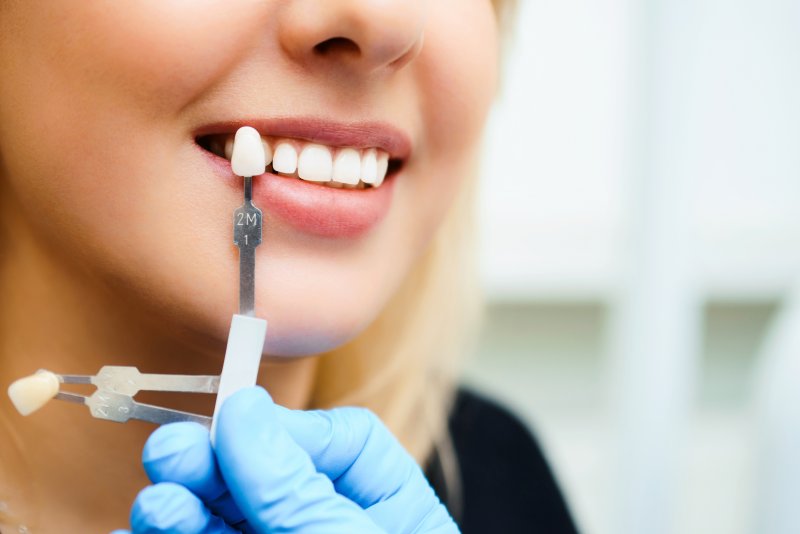
You may be feeling a bit retrospective now that it’s 2025. Fair enough; a new year lets you reflect on where you’ve been, how you’ve changed, etc. With that said, consider extending your mood to dental work as well. The answer to the question “How far has cosmetic dentistry come?” is pretty darn interesting. Your Glastonbury cosmetic dentist will even prove as much, so just keep reading to learn the changes this field has gone through.
A Start in the Ancient World
It may seem cutting-edge today, but cosmetic dentistry is a pretty old pursuit. The quest for a prettier smile started many thousands of years ago.
Indeed, plenty of evidence exists for “ancient” dental cosmetics. Research shows the early Egyptians used gold to make dental crowns and bridges around 3,000 BCE. Similarly, the ancient Etruscans later made dentures from ivory and animal bones in 700 BCE. The classical Romans even used urine as toothpaste, as its ammonia could remove tooth stains.
Changes in Medieval Times
People didn’t stick with seashells and urine as their go-to treatments, of course. They had already developed some newer methods by the Middle Ages.
You see, medieval barbers once practiced their own form of cosmetic dentistry. They would often file their patients’ teeth in an effort to make them look whiter. However, this approach fell out of use because it destroyed enamel tooth enamel and thus the teeth themselves. It wouldn’t take long before barbers gave up dental work entirely.
Dental Cosmetics’ Enlightenment Era
The Enlightenment of the 1700s and 1800s saw major advances in cosmetic dentistry. By that time, dentists were making their efforts much more scientific.
The most crucial breakthroughs had to do with dental prosthetics. For example, dentists in the 18th century began to use porcelain as the main material for dentures. Those in the 19th century would later try placing metals in the sockets of missing teeth. This second change didn’t work (the body often rejected the metal), but it led to a greater focus on porcelain teeth.
Late-to-Present Cosmetic Dentistry
When you look at the 20th century, what many see as “true” cosmetic dentistry begins to emerge. Many of the advancements from the 1900s are still used today.
Several inventors played key roles during this “late-modern” period. One was Dr. Charles Pincus, who created the first veneers in the 1930s to help actors. Others worth noting are Drs. Haywood and Hemann, as they discovered safe bleaching agents for tooth enamel in 1989. Their breakthroughs led to the cosmetic dentistry we enjoy today.
So, just how far has cosmetic dentistry come? Quite far – and here’s to hoping it goes even further in the coming years!
About the Practice
Glastonbury Dental Care is based in Glastonbury, CT. Led by Drs. Mimansha and Shobhit, our practice combines time-tested dentistry with a strong commitment to patients. We always personalize our preventive, cosmetic, and restorative treatments to suit your unique smile. As a result, you can trust you’ll end your appointment with a much more vibrant grin! For more details or to book a visit, please contact us on our website or by phone at (860)-659-0278.
